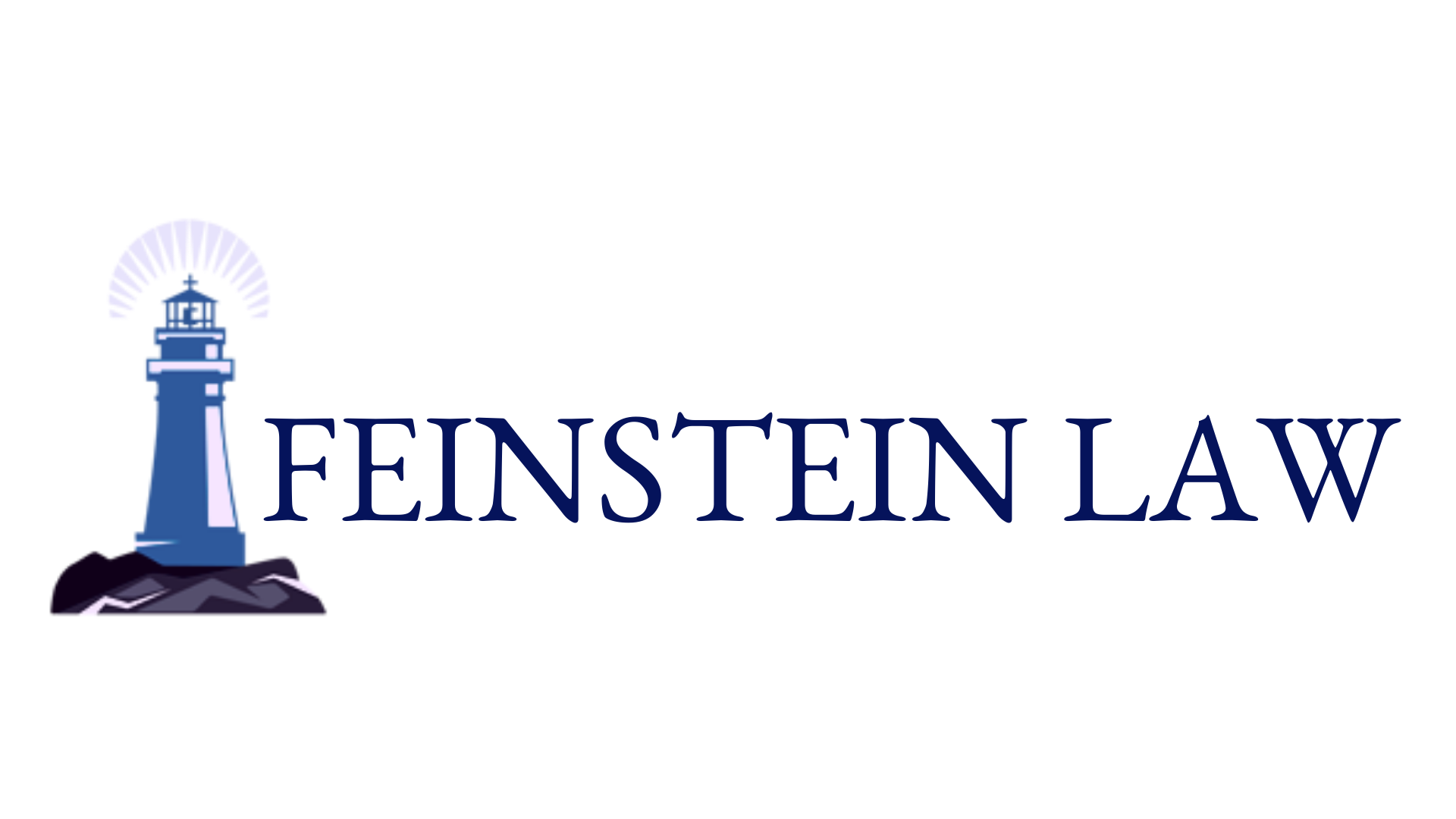On January 21, 2015, the U.S. Securities and Exchange Commission announced a series of federal securities law violations against Standard & Poor’s Financial Services, LLC. (S&P) as parallel cases were announced by the New York Attorney General’s Office and the Massachusetts Attorney General’s Office, involving fraudulent misconduct in the company’s ratings of certain commercial mortgage-backed securities (CMBS) in 2011. S&P made factual admissions concerning its methodology for rating the transactions at issue and will refrain from rating U.S. conduit/fusion CMBS transactions for one year.
S&P has agreed to settle the disputes and is paying $42 million to the SEC, $12 million to the New York Attorney General’s Office, and $7 million Massachusetts Attorney General’s Office to the to resolve the CMBS ratings allegations. Additionally, S&P settled with the SEC in two other SEC orders issued today for $16 million which brings the total to $77 million for all the alleged misconduct by S&P.
In total the SEC issued three orders instituting settled administrative proceedings against S&P. One order addressed S&P’s admissions and practices in its CMBS rating methodology. S&P’s misrepresentation that is used one methodology when it actually used a different method in 2011 to rate six conduit fusion CMBS transactions and issued preliminary ratings on two more transactions. In conjunction with the financial settlement, S&P agreed to take refrain for one-year from rating conduit fusion CMBS.
Another order found that after being out of the market for rating conduit fusion CMBS in late 2011, S&P attempted to re-enter the market in mid-2012 by completely overhauling its ratings criteria and then to illustrate the conservative nature of the new criteria, S&P published a false and misleading article purporting to showcase its new credit enhancement levels could withstand Great Depression-era levels of economic stress. The research the S&P published relied on flawed and inappropriate assumptions and was based on data that was decades removed from the severe losses of the Great Depression. The SEC order, states that S&P’s original author of the study expressed concerns that the firm’s CMBS group had turned the article into a “sales pitch.” The original author of the study even foretold that removal of certain information from the article could have him answering to the Department of Justice or the SEC. The order expanded further to find that S&P failed to accurately describe certain aspects of its new criteria in the formal publication settings forth in their operations and without admitting or denying the findings in the order, S&P agreed to publicly retract the false and misleading Great Depression-related study and correct the inaccuracies in the publication about the criteria.
The third and final SEC order issued against S&P involved internal controls failures in S&P’s surveillance of residential mortgage-backed securities (RMBS) ratings. According to the order, S&P allowed breakdowns in the way it conducted ratings surveillance of previously-rated RMBS from October 2012 to June 2014 then the S&P changed an vital assumption in a way that made S&P’s ratings less conservative, and was inconsistent with the specific assumptions set forth in S&P’s published criteria describing its ratings methodology.
Furthermore, S&P failed to follow internal policies for making changes to its surveillance criteria and instead applied ad hoc workarounds that were not fully disclosed to investors. In the end, without admitting or denying the findings in the order, S&P agreed to extensive undertakings to enhance and improve its internal controls environment for the rating surveillance. In this case, S&P self-reported this particular misconduct to the SEC and cooperated with the investigation, enabling the Enforcement Division to resolve the case more quickly and efficiently and resulting in a reduced penalty for the firm.
The SEC’s orders find that S&P violated Section 17(a)(1) of the Securities Act (fraud), Section 15E(c)(3) of the Securities Exchange Act (internal controls violations), Securities Exchange Rules 17g-2(a)(2)(iii) (books and records violations), Rule 17g-2(a)(6) (books and records violations), and 17g-2(a)(2)(iii) (failure to maintain records explaining differences between numerical model output and ratings).
Andrew J. Ceresney, Director of the SEC Enforcement Division, stated that investors rely on credit rating agencies like S&P to be honest when rating complex securities mechanisms like CMBS and continued to state that S&P was my concerned about its own financial interest than that of investors using its service. These SEC enforcement actions are the first-ever against a major rating firm.
In a separate matter instituting a litigated administrative proceeding, the SEC Enforcement Division alleges that the former head of S&P’s CMBS Group, Barbara Duka, fraudulently misrepresented the manner in which the firm calculated a critical aspect of certain CMBS ratings in 2011. Duka allegedly instituted the change to more “issuer-friendly” ratings criteria and the firm failed to properly disclose the less rigorous methodology. The matter against Duka will be scheduled for a public hearing before an SEC administrative law judge for proceedings to adjudicate the Enforcement Division’s allegations and determine what, if any, remedial actions are appropriate.
This securities law blog post about S&P is provided as a general informational service to clients and friends of Feinstein Law, PA and should not be construed as, and does not constitute, legal and compliance advice on any specific matter, nor does this message create an attorney-client relationship. For more information concerning the rules and regulations affecting the going public direct transactions and direct public offerings please contact Feinstein Law, PA at (619) 990-7491 or by email at Todd@Feinsteinlawfirm.com or JDunsmoor@Feinsteinlawfirm.com. Please note that the prior results discussed herein do not guarantee similar outcomes.

